Indepth Insight: The anatomy of long running shows – Part 2
In a broadcast scenario that is gradually developing a taste for finite series and watching shorter versions on digital platforms, long running shows are facing perhaps their biggest challenge yet. Nevertheless, it is still very early days to write off long running shows altogether. Many of them still garner the eyeballs, there are no dearth of advertisers and sponsors, and broadcasters continue to be bullish on them.
Adgully spoke to a cross-section of industry experts to get an indepth insight into the factors that keep the long running shows buoyant, how they remain commercially viable, the advertiser response and much more.
Read Part 1: https://adgully.com/indepth-insight-the-anatomy-of-long-running-shows-part-1-69098.html
While the first part of this report delved on the X-factor of long running shows, the plots and sub-plots involved, Part 2 presents the advertiser and media planner’s take, as well as unmasks some myths associated with long running shows.
How do advertisers look at changes in plots?
Talking from an advertisers point of view, long running shows are safer avenues to invest in. Yes, they have devoted audiences, characters who have become part of viewer’s households and most importantly the stability and consistency which they bring with them. But what happens when the makers decide to change the track and in the process forget the DNA of the show?
Karthik Lakshminarayan, VP Media Planning and Strategy, Reliance's Vibrant Media, remarked, “Brands resonate better with those shows that reach their specific audience rather than give them a varied audience. Hence to help this get better, shows must appeal to all. Also, if there are in serial placements, they ought to be well integrated rather than in one's face. No sooner we have a brand getting in your face with a serial, then we see the audience going away. Talking about changes in plots, everyone is smart enough to figure these kinds of changes including the audience. Hence, it is accepted and considered okay. The real catch is retaining audience interest. If that is handled well, then there is no issue. If not, the show has a lot of lost ground to recover soon.”
Divya Radhakrishnan, MD, Helios Media, pointed out here that advertisers were not interested in any show, just the TRPs, unless it is a reality show where one can do some integration. She added, “Talking about daily soaps, we saw Fair & Lovely joining hands with show ‘Mission Everest’ on Star Plus. The show was all about women’s achievements and climbing Mount Everest, which is the underlying value of Fair & Lovely as a brand. So, there was some connection, but that is a very rare thing. Another reason why a lot of brands get into a sponsorship deal is because when a show is launched on a large scale, they indulge in a lot of promotion to create buzz, so the brands in question also gain popularity. Otherwise, brands are interested only in primetime shows and ratings.”
On the other hand, Sunjoy Waddhwa, CMD, Sphereorigins, felt that it all depended on genre to genre. He explained, “For instance, the base audience for a show on MTV will be different from that of a Hindi GEC soap, the nature of the show will be more like a niche show for teenagers. But when you come to bigger fantasy shows on a GEC, then there is viewership across the board. It all depends on where you are positioning your show.”
If one has been observing the ratings of long running shows, definitely the benefit of past records to predict the trends over the next few weeks makes it earn brownie points as compared to newer shows.
Radhakrishnan added here, “The good thing about long running shows is the fact that they are more predictable, at the same time it is also the biggest agony of a media planner to do the forward planning. You look at past eight weeks’ data and you forecast a plan for the following eight weeks. It’s a risk you will take with something which is not long running. With long running shows, you know that more or less you’ll get some amount of rating. So after you have done a forecast, your actual plan is then measured, that is, what is actually delivered, however, if the variation is huge then there will be a problem. Therefore, it is safe to bet on long running shows because there are fewer ups and downs in terms of ratings. It is the stability of these long running shows, which makes it a safer bet for the brands.”
But then does it end there? What about the ROI which advertisers look at before getting associated? To this, Lakshminarayan replied, “ROI is always better from long running shows as long as they have not crossed their best by date. This is usually 2-3 years, however, it may vary from show to show.”
What media planners have to say to brands
Lakshminarayan pointed out, “Most brands usually look for high rated shows that cut across the audience as it helps them plan and deliver better. Media planners rarely look at storylines unless it is amongst the top 10 shows running. Brands also look at those shows where we can get good audience coverage irrespective of everything else.”
Agreeing to the fact that media planners don’t look at storylines, Radhakrishnan said, “If the brand’s objective is reach-oriented, then you look at the large numbers. If it's more in terms of niche audiences, then you'll try to map your audience profile with channel profile because you are buying the audience mindset and not eyeballs here. The other factors are cost efficiency and then there are regional biases. For example, one channel may not be very strong naturally but it gives a great rating in UP and Bihar which are target audiences as well. Therefore, that could a solution too. In short, there are multiple parameters and is not a standard formula, in fact, everything is a boutique. Media plan has to be customized according to it and the same brand will require different communication for different stages. At one point the brand may be battling market share and at one point they may want to make a new announcement. So media planners need to factor in all that as well.”
When to give the show a send-off
Though quite a few of the long running shows have had a glorious run, not all of them could boast of an equally glorious ending. After playing a lot with the tracks to retain viewership levels, some of the long running shows simply faded away from the audiences’ memory and the screens, unnoticed. Few changes in plots proved nothing more than a recoil for the makers. What goes wrong then? Are few of the shows pushed beyond their expiry date? While Lakshminarayan agrees to the fact that we do stretch the shows sometimes, Rajan Shahi, producer of ‘Yeh Rishta Kya Kehlata Hain’, thinks otherwise. “I don’t think so as we have only a few shows running for a long time. In fact, we have seen shows being replaced within 3-4 months of its launch. So I do not think that we stretch it beyond what’s required,” he opined.
In last few months, we saw many shows going off-air in just a couple of months. In spite of a strong concept, the shows were not able to stand the pressure and were wrapped up much sooner than expected. Also, the broadcasters due to the multiple choices available to replace a show, have become a bit restless due to the pressures mounting on them.
“It is important to know the pulse and needs of the audience. Whatever content is aired and appreciated by the audience will be on air, till the interest fades. So if a creative angle to the story is tweaked and the interest continues then there is no due date for a show,” felt Sphereorigins’ Waddhwa.
“Because we are in the business of rating, I feel when a show ceases to offer sufficient rating to make it make it profitable, that’s the time,” said Anooj Kapoor, EVP and Business Head, SAB TV. Continuing further, he said, “However long be the age of the show and if it continues to be profitable, you must continue with it. I have heard consumers complaining about shows on other channels, saying, ‘Oh, this show has been running for so long, why don’t they pull it off air?’ But these same people will go and watch those shows in the evening. Because if that was not the case, why would shows which people would popularly like to discuss and discard continue to get the ratings? And why would the broadcasters continued to air them when all the broadcasters have the option of producing multiple shows and working with multiple producers? I will give you a valid example: If a film was scheduled to run for four weeks in a multiplex and after four weeks the multiplex or the producers extended it for another four weeks until it was house full, why would they pull it off-screen?”
The nuts and bolts of making a good show – Myths Unmasked
Where there is no proven formula to what makes the show successful, learning and taking cues from audience’s responses help in a long way. This definitely means working round the clock and being alert all the time.
“There is a myth that producers sit in their extravagant offices, however, we are working around the clock. We are taking the big risk as directors, writers, actors may come and go, but the show is like our baby. We are associated with it from Day 1. There is a lot of financial and reputational risk tagged with it and it normally takes one year for a show to go on air. Being a producer, a lot of times we have to cover up to maintain goodwill. It becomes challenging too,” maintained Rajan Shahi.
With the challenges only snowballing day by day, it will be a more arduous task for these shows to sustain audience interest level. Hence, it will become increasingly imperative for them to provide them a complete bouquet i.e. Unique concept played by strong characters with intriguing storyline backed by the powerful script and led by the most creative brains.
- Jigna Shah (jigna.shah1988@gmail.com)



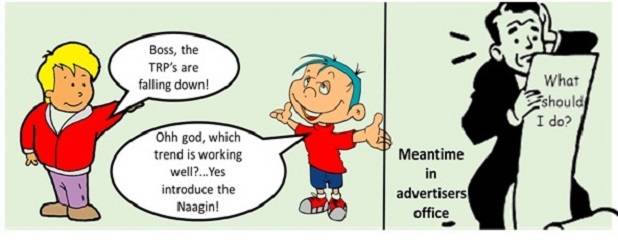



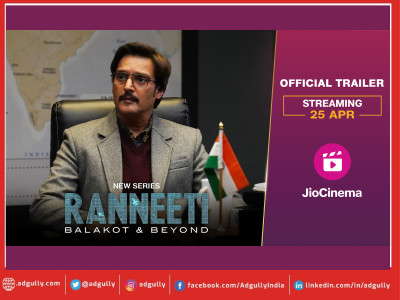
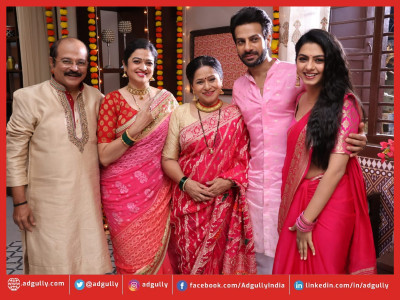
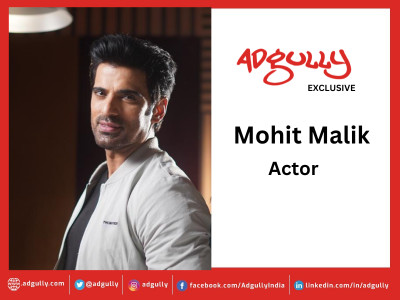


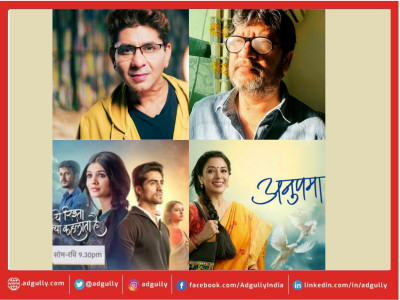
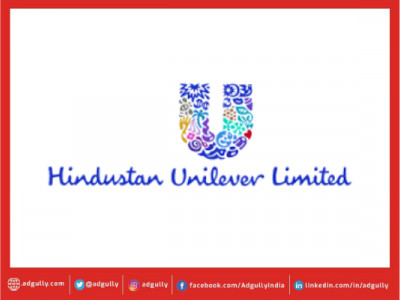

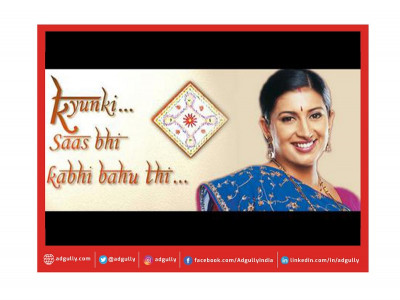
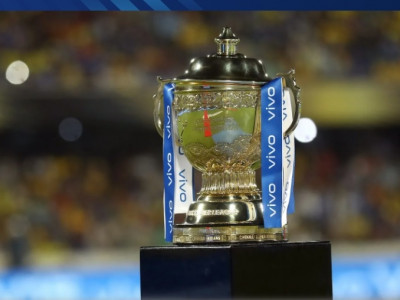

Share
Facebook
YouTube
Tweet
Twitter
LinkedIn